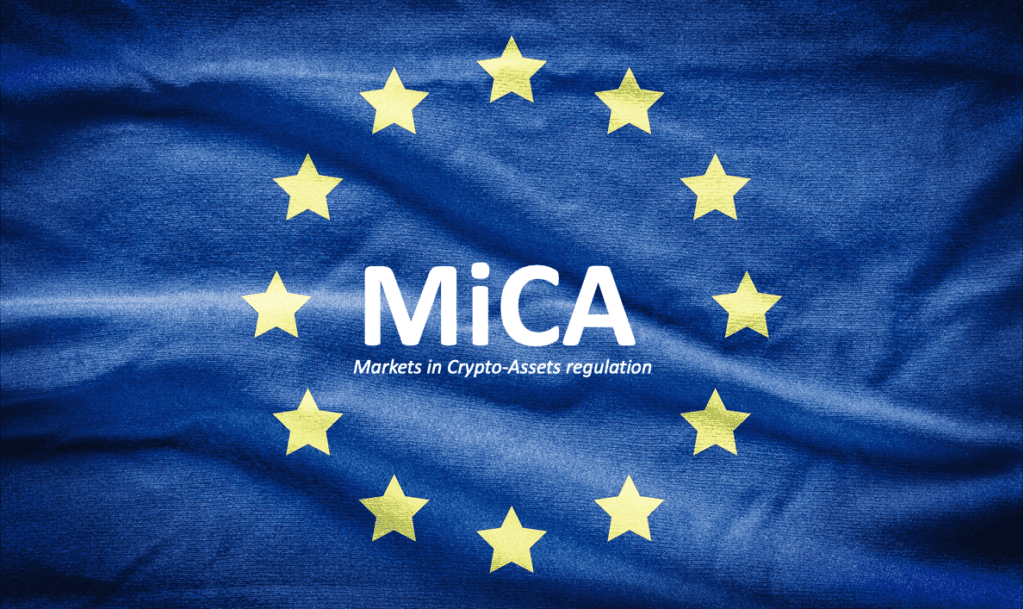

Coinbase, one of the leading cryptocurrency exchanges globally, has announced a major shakeup in its European operations by delisting six stablecoins, including Tether (USDT). The move, effective December 13, comes as the European Union gears up to enforce its new regulatory framework, Markets in Crypto-Assets (MiCA).
The stablecoins being removed include USDT, PAX Dollar (PAX), PayPal USD (PYUSD), Gemini Dollar (GUSD), GYEN, and DAI. Meanwhile, Coinbase will retain support for USD Coin (USDC) and the euro-pegged stablecoin EURC—both compliant with MiCA and co-managed by Coinbase and Circle.
Why is Coinbase Taking This Step?
The MiCA regulation, set to take effect in 2024, introduces stringent compliance requirements for crypto assets, including stablecoins. While the law aims to create a transparent and uniform framework across Europe, it has posed challenges for some stablecoins to align with its standards.
Coinbase’s decision to delist non-compliant stablecoins reflects a proactive approach to align with the upcoming regulations. According to a Coinbase spokesperson:
“We regularly review the assets we make available to customers on our platform to ensure we are meeting regulatory requirements. We will assess re-enabling services for stablecoins that achieve MiCA compliance at a later date.”
The Impact on Traders
Tether’s delisting is particularly significant. As the second most traded asset on Coinbase after Bitcoin, USDT accounts for over 12% of the platform’s total trading volume. With daily transactions exceeding $1 billion, its removal could cause immediate ripples in trading patterns and liquidity.
For traders, this means exploring alternatives like USDC and EURC, both of which are considered more transparent and better positioned to meet MiCA’s rigorous standards.
However, Tether’s popularity stems from its wide acceptance and liquidity, leaving traders and investors in Europe with fewer familiar options. While Coinbase assures users that funds held in delisted stablecoins can be withdrawn or converted, some may find the transition challenging.
MiCA and the Stablecoin Landscape
The MiCA regulation represents a landmark moment in crypto regulation, requiring issuers of stablecoins to adhere to strict operational, reserve, and transparency standards. Tether, which has often faced scrutiny over its reserve practices, has been particularly critical of some MiCA provisions.
Paolo Ardoino, CTO of Tether, expressed concerns during the BTC Prague 2024 conference, suggesting that MiCA’s stringent requirements might stifle innovation in the stablecoin sector. While Tether has hinted at efforts to comply, it has yet to announce a definitive timeline.
What Does This Mean for the Crypto Ecosystem?
The delisting underscores a broader trend: regulatory compliance is becoming a non-negotiable aspect of the crypto industry, particularly in Europe. For exchanges like Coinbase, adhering to regional regulations is crucial to maintaining operations and trust among users.
This could lead to a reshaping of the stablecoin market in Europe, with compliant assets like USDC and EURC gaining a stronger foothold. It also signals a more transparent era for crypto assets, where accountability and adherence to regulations are central themes.
However, there are challenges. Critics argue that over-regulation might push some crypto projects out of Europe, diminishing the region’s competitiveness in the global crypto market. On the flip side, proponents of MiCA believe it will foster innovation by establishing clear guidelines and boosting investor confidence.
Looking Ahead
While the removal of USDT and other stablecoins is a significant change for Coinbase users, it may only be temporary. Coinbase has left the door open for reintroducing these assets if they achieve MiCA compliance. This creates an opportunity for stablecoin issuers to adapt and align with the new regulatory framework.
In the short term, traders and investors in Europe will need to adjust to a narrowed selection of stablecoins. For now, USDC and EURC are the clear winners, positioned as regulatory-compliant and trustworthy alternatives.
A New Chapter for Stablecoins in Europe
Coinbase’s move to delist USDT and other stablecoins ahead of MiCA enforcement is a significant moment for the crypto industry. It highlights the growing importance of regulatory compliance and sets the stage for a more structured stablecoin landscape in Europe.
For users, this is a reminder to stay informed and adapt to the evolving regulatory environment. While change can be challenging, it also opens doors for a more transparent and innovative crypto ecosystem.
FAQs
1. Why is Coinbase delisting USDT in Europe?
Coinbase is removing USDT and other stablecoins that do not comply with the upcoming MiCA regulation, which requires strict adherence to transparency and reserve standards.
2. What stablecoins will Coinbase continue to support in Europe?
Coinbase will retain support for USD Coin (USDC) and the euro-pegged stablecoin EURC, both of which are compliant with MiCA.
3. Can I still use USDT on other exchanges in Europe?
Yes, USDT remains available on other platforms. However, its long-term availability may depend on whether Tether achieves MiCA compliance.




